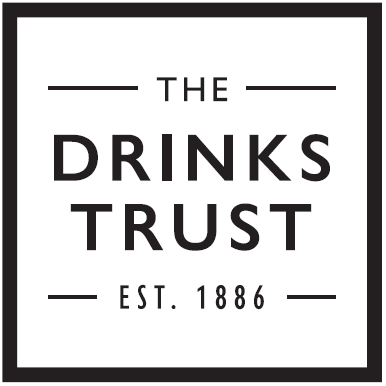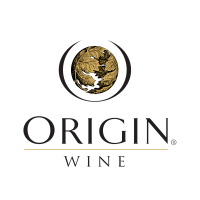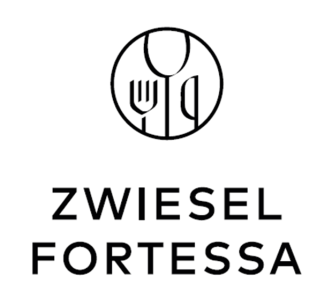Should we be excited about this southern French wine region that's finally stepping out of the shadows of its big neighbour? I think so, but there are a few concerns about climate. Let me explain..jpg)
For a long time, France's most southerly wine region had its identity diluted by virtue of its name being tagged on to that of its much larger neighbour, the Languedoc. It was always the Languedoc-Roussillon, but there's something a bit different about the Roussillon. Now the region is untagging itself, going out into the world proud of its special terroirs.
Its identity is strongly Catalan. When you look at the map, and also look at the culture, it makes sense for this to be seen as a separate region, even though many grape varieties are shared with the Languedoc, and the climate is quite similar. Historically, the south of France has long been the engine room of French wine production. Fast-forward to more modern times and there is a crisis in the south, where the vineyard and winery infrastructure has been set up for volume; however, the market wants less wine, but of better quality.
The Roussillon has long been famous for its fortified wines. Back in antiquity, this region was all about Muscat before the red grapes arrived from Spain. And Muscat is still an important theme here. The fortified Vin Doux Naturels of the Roussillon are a gem. On a recent trip I tasted some lovely examples, and they have their own unique style, and come in different forms. Of course, being sweet and alcoholic these hardly fit with modern wine consumption patterns, and while there's no real danger of these being lost, they are certainly much less important than they used to be.
But the key theme now that gets wine geeks interested in the Roussillon is its high-end, terroir-focused reds and whites. One of the first to put the region on the fine wine map was Gérard Gauby, based in Calce. Gauby began making wines in the Fenouillèdes, in the north of the region nestled up to the Corbières hills back in 1985, and people suddenly noticed what he was achieving.
Gauby's pioneering wines have stimulated others to have a stab at making some serious wines. Tom Lubbe began Matassa in 2003, initially in partnership with Sam Harrop. Matassa is one of the stand-out low intervention stars of the region, and Tom is making a compelling set of wines, many of which show freshness and lightness that you wouldn't expect from such a warm place. And there's La Soula, started by Gauby's UK importers, making some very special wines. Since then, many have joined the party, perhaps most visibly Michel Chapoutier from the Rhône. He was so impressed by the terroirs of the Roussillon that he purchased 50 hectares of vineyards in the Latour de France sub region back in 1998. He's since expanded the domaine, named Bila Haut, to 100 hectares, all farmed biodynamically. This is quite an endorsement of the quality of Roussillon's terroirs.
Certainly, when you travel around the region, some of the vineyards shout fine wine potential quite loudly – a canvas of hills and mountains. To the north we have the Corbières, while west are the Pyrenees, with Mount Canigou an ever visible reference point. And then to the south there's the Albères and the Spanish border.
There are three main rivers heading through the Roussillon towards the sea: the Agly (running through many of the Côtes du Roussillon Villages appellation in the northern part of the region), the Têt in the middle, and the Tech in the south. In terms of soils, there's quite a diversity, with a bit of limestone in some places, and quite a lot of schist..jpg)
The one common factor here is that yields are low. "Yields in the Roussillon are some of the lowest in the world," says Eric Aracil, who heads up the professional body of the region. "But in terms of soils and terroirs, it's one of the best regions in the world." And the evidence from many of the ambitious growers here is that he's right. When farmed well, and with attentive winemaking, the Roussillon can make some very serious wines.
So what are the challenges here? It's a sunny place, with 2530 hours (316 days) of sunlight on average each year. This is good, but with it comes a scarcity of water. Average rainfall of 500-600 mm is low, but enough to dry grow vines – most of this comes in intense rainfalls in the spring and autumn. The challenge is twofold: one, to catch this rain on the property rather than allowing it to wash away soils, and, two, to deal with climate chaos and the variability this brings. Drought is a regular visitor these days, but lack of water isn't a new phenomenon – back in 1925 they had a seven year cycle of drought. New solutions include planning vineyards so that contour lines catch water, and also using agroforestry where trees are planted in the vineyard.
The challenge for the future is certainly the potential lack of water. These are amazing vineyard sites, and the set of grape varieties that Roussillon has are certainly well suited to arid conditions. But you can't grow vines – or anything – with no water. This is the big concern: perhaps regenerative farming (including regenerative hydrology) and agroforestry approaches (planting trees in or by vineyards) will help here.
But to finish on an uplifting note, two producers stand out for making high-quality wines at affordable prices.
The first is Jean-Marc Lafage, who has a sizeable 350 hectares of vines, a good portion of which are farmed organically. He's also a pioneer of regenerative farming practices, including using the soil amendment called biochar, which adds organic material to the soil permanently, and enhances fertility. Whites, reds and rosés here are good, at a number of price points.
And then there's Jean Claude Mas, who bought a property called Domaine Louriga in 2017. Mas is a big player in the Languedoc, where he makes lots of high quality but well-priced wines – he's also making a well-priced range of domaine and negociant wines under this label in neighbouring Roussillon.
All in all, the region is in full ferment.


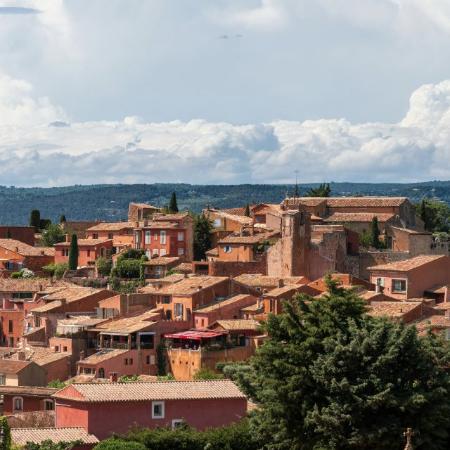




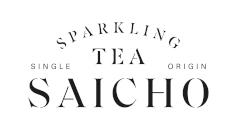
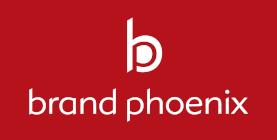
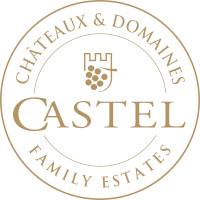


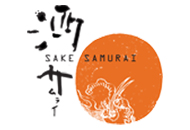
.png)

